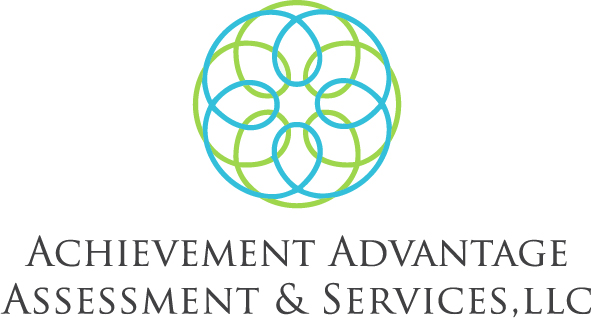Since we have covered basic information about Specific Learning Disability in Reading and Dyslexia, now we can talk about key components in diagnosing these disorders. There is no one assessment battery to diagnose dyslexia. When choosing your examiner, make sure to go with someone who specializes in learning disabilities. While there is no one test that can diagnose a learning disorder in reading, there are several specific assessment areas that should be examined, and an experienced examiner will be able to choose quality tools to gain information about those areas. The following areas should be considered in all evaluations if you or your child has difficulties with reading.
Phonemic/Phonological Awareness
Phonemic/Phonological Awareness refers to an individual’s awareness of the sound structure of oral language. This skill is measured by examining the client’s ability to manipulate sound. For example, assessments may require clients to identify sounds in words, rhyme, delete sounds from words, etc. While this may seem like a basic skill, it is foundational to reading, and many people who have deficits in phonological awareness have subsequent reading difficulties.
Rapid Automatic Naming
Rapid Automatic Naming (RAN) measures how fast a student can scan an array of visual symbols and encode a phonological response. This is usually measured by clients naming letters, numbers, colors, or other symbols as quickly as possible. This type of task measures the efficient retrieval of phonological information and executing a sequence of operations quickly and repeatedly, which is required when decoding unfamiliar words.
Alphabetic Knowledge
It is also import to assess a client’s sound-symbol correspondence skills. This can be accomplished by measuring the ability to associate sounds (phonemes) with specific letters (graphemes).
Word Identification
Word reading automaticity and decoding accuracy are both important components of word identification. Not only is it important that a client can identify real words, but it is important that they can decode nonsense words as well. Assessing nonsense word reading can be a more accurate measure of decoding words since it is unlikely that the client would have had opportunity to memorize these words. In addition to being able to read phonetically decodable words, an assessment for a specific learning disorder in reading should also evaluate a client’s ability to identify irregular words (sight words).
Reading Fluency
Reading fluency is a measure of how quickly and accurately a client can read. Timed tests are given to see how many words an individual can read within a specific time. Often assessments use word lists, sentences, and/or paragraphs to measure reading fluency.
Reading Vocabulary
Reading vocabulary measures a client’s ability to know what individually read words mean. This is an important task that contributes to overall reading understanding.
Reading Comprehension
Reading comprehension is a person’s ability to understand what they have read. Appropriate reading comprehension assessments will look at how students are able to read a variety of text types and answer both literal and inferential questions about the text.
Listening Comprehension
Gathering information about a client’s listening comprehension skills is important so we can compare scores from listening comprehension and reading comprehension subtests. If reading comprehension is weak while listening comprehension average, it gives us a clue that reading comprehension is likely the issue as opposed to broader comprehension concerns.
Executive Functioning
Executive functioning skills are directly related to an individual’s ability to regulate their behavior in order to achieve a goal or complete a task. Working memory, inhibition, and attention all play a part in our ability to read well and should be evaluated if there are concerns related to any of these areas.
An appropriate evaluation will provide insight into an individual’s strengths and weaknesses. Once you are able to identify a student’s area of need, you can plan how to address it. Next time, we will discuss how to match what is found in an evaluation to appropriate intervention services.



